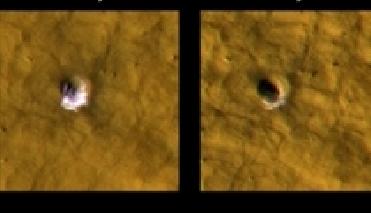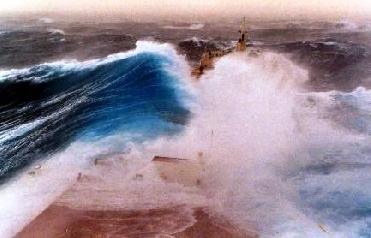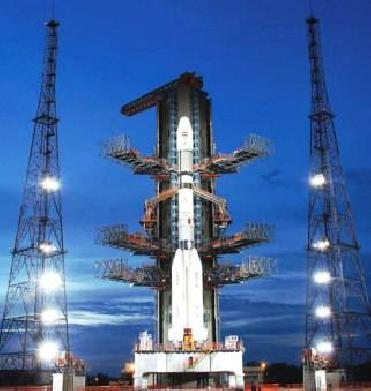
NASA's Mars Reconnaissance Orbiter has revealed frozen water hiding just below the surface of mid-latitude Mars. Image Credit: NASA/JPL
CALIFORNIA (BNS): After moon, it�s Mars! The Mars Reconnaissance Orbiter has detected frozen water hiding just beneath the surface of mid-latitude Mars exposed by meteorite impacts.
Scientists controlling the instruments on board MRO have found bright ice exposed at five Martian sites. The new craters, ranging in depth from half a meter to 2.5 meters, did not exist in previous images of the same site, NASA said.
Some of these craters show a thin layer of bright ice atop darker underlying material. The bright patches darkened in the weeks following initial observations, as the freshly exposed ice vaporised into the thin Martian atmosphere. One of the new craters has a bright patch of material large enough for one of the orbiter's instruments to confirm it is water-ice, the space agency said.
The latest findings indicate that water-ice exists beneath the Red Planet�s surface halfway between the north pole and equator, a lower latitude than expected in the Martian climate.
�This ice is a relic of a more humid climate from perhaps just several thousand years ago,� said Shane Byrne of the University of Arizona, Tucson.
The High Resolution Imaging Science Experiment (HiRISE) camera on board MRO took the latest images on September 18, 2008. The image of a different mid-latitude site showed a crater that did not exist eight months earlier. This crater had a larger area of bright material.
�We were excited about it, so we did a quick-turnaround observation,� said co-author Kim Seelos of Johns Hopkins University Applied Physics Laboratory in Laurel, Maryland. �Everyone thought it was water-ice, but it was important to get the spectrum for confirmation.�
The ice exposed by fresh meteorite impacts suggests that NASA�s Viking Lander 2, digging into mid-latitude Mars way back in 1976, might have struck ice if it had dug 10 centimeters deeper, NASA said.
 Previous Article
Previous Article Next Article
Next Article













The Indian Air Force, in its flight trials evaluation report submitted before the Defence Ministry l..
view articleAn insight into the Medium Multi-Role Combat Aircraft competition...
view articleSky enthusiasts can now spot the International Space Station (ISS) commanded by Indian-American astr..
view article